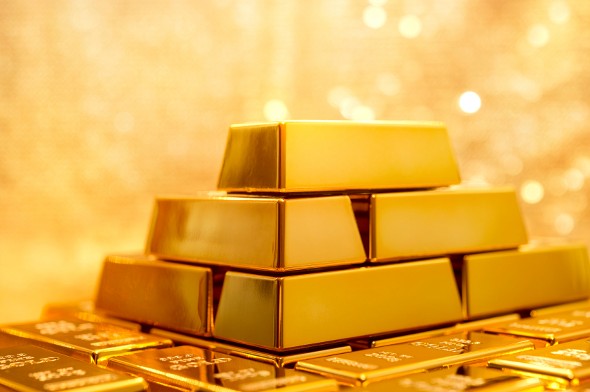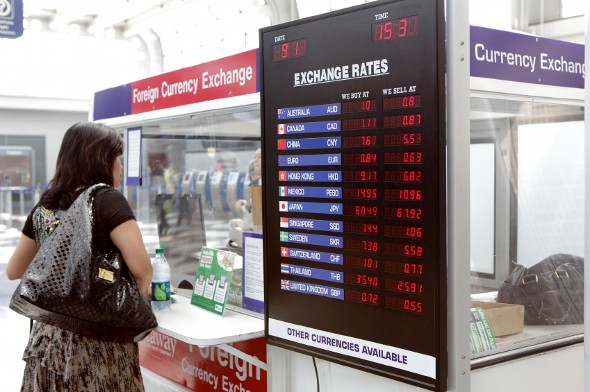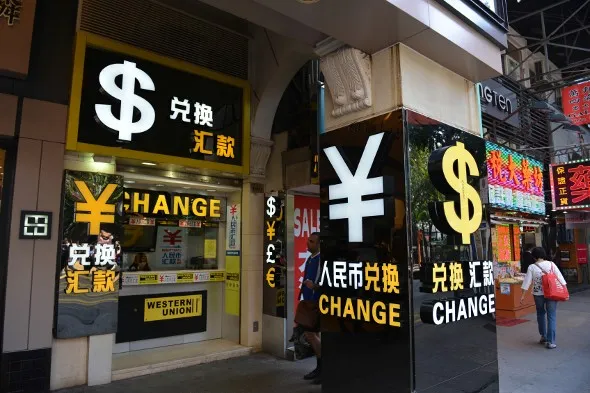Whether you’re jetting off to Italy for a dream wedding or exploring opportunities to invest in foreign markets, it’s important to understand how exchange rates work. Exchange rates determine the value of one country’s currency compared to another, influencing everything from the cost of your overseas purchases to the returns on your international investments. A solid grasp of exchange rates can help you make more informed decisions, whether you’re managing personal expenses or growing your wealth across borders. For personalized guidance tailored to your financial goals, consider partnering with a financial advisor.
Foreign Exchange Rates: The Basics
Exchange rates tell us what our money is worth in terms of a foreign country’s currency. In our globalized economy, these rates are important and reflect how each country is doing financially relative to its peers.
There are different types of exchange rates.
Fixed rates are set by the central government as the country’s standard rate in comparison to the currency values of other world powers. These rates can be pushed up or down, but to keep them from changing (and to keep the money supply at the right level), a country’s central financial institution can buy and sell its currency whenever it needs to.
Floating rates, in contrast, fluctuate frequently and take supply and demand into account. If there’s a high demand for a particular currency, it will be worth more in the foreign exchange market. A country with a fixed exchange rate might occasionally allow it to float and a nation with a floating rate might keep it fixed at times to get the economy back on track.
Some countries use a pegged rate that’s tied to another currency or standard temporarily. This strategy involves using a fixed exchange rate that can protect a currency and an economy from inflation and dramatic market shifts. For instance, places like the Bahamas, Saudi Arabia and Panama peg their currencies to the U.S. dollar because of its strength.
It’s also worth noting that the exchange rate at the bank may be higher than the market rate so that the bank can make money. That’s something to keep in mind when you’re preparing to travel abroad.
Exchange Rate History

Countries around the world have adjusted their exchange rates throughout history. Foreign traders used the gold standard primarily from the 1870s until 1914. Rates were connected to the cost of ounces of gold. The gold standard was replaced by the Bretton Woods system in 1944.
This monetary system made the U.S. dollar the standard currency in international trade. The dollar was still tied to gold. When this system eventually failed, some countries decided to adopt floating exchange rates. Meanwhile, others either kept their own currency linked to the U.S. dollar or completely replaced their own currency with someone else’s. Even countries with floating rates tend to do some management to ensure currency stability.
How to Read and Calculate Exchange Rates
If you want to trade in a foreign market, you’ll have to look at currency quotations to find the exchange rate. These quotes are expressed in pairs of currencies. Each quote has a counter currency and a base currency.
With the exception of the yen in Japan – which is usually written out to two places following the decimal point – foreign exchange rates are typically written out to four places after the decimal point.
Let’s take a look at this quote: USD/CNY 6.4063. It’s referring to an exchange rate between the U.S. dollar (the base currency) and the Chinese yuan (the counter currency). The base currency – the one you want to buy or sell – is always equal to one and appears before the slash.
The counter currency (or quote currency) is the one you’re using to purchase a single unit of the base currency. It comes after the slash in a FOREX quote. Our quote tells us that one U.S. dollar is equal to 6.4063 Chinese yuan. In other words, if you’re a Chinese resident planning to exchange your yuan for U.S. dollars, you would pay 6.4063 yuan for each dollar you want or 640.63 yuan for $100 (100 x 6.4063).
Our USD/CNY quote is an example of a direct quote since it’s showing how much money a person living in China would need to buy another country’s currency, which is the U.S. dollar in this scenario. But say you’re ready to exit the market and trade your U.S. dollars for yuan. How much is your currency worth?
To find out, you could visit a website with live exchange rates and look for the CNY/USD pair – the indirect quote – because you’re now trying to use U.S. dollars to buy yuan. If you don’t have Internet access, you could use the following formula: 1/exchange rate. One divided by the USD/CNY exchange rate of 6.4047 will give you 0.1561.
Factors That Affect Exchange Rates
Exchange rates fluctuate constantly due to a complex interplay of economic, political and market forces. Understanding these factors can provide valuable insights for businesses, investors and policymakers. Some of the key elements that influence exchange rates include inflation rates, trade balances, national debt and political stability.
When a country has higher interest rates compared to other nations, its currency often becomes more attractive to investors, increasing its value. Conversely, high inflation rates, excessive debt and political instability can weaken a nation’s currency. Additionally, a country’s trade balance significantly impacts exchange rates. A nation that imports more than it exports often experiences a weaker currency because demand for foreign currency increases.
Here are the major factors that influence exchange rates:
- Global Events: Geopolitical events, such as conflicts, trade agreements or natural disasters, can create uncertainty and impact currency values.
- Inflation Rates: Countries with lower inflation typically see their currency value rise because their purchasing power remains stronger over time.
- Interest Rates: Higher interest rates offer better returns to investors, attracting foreign capital and boosting currency value.
- Trade Balance: A trade surplus strengthens a currency, while a trade deficit can weaken it by increasing demand for foreign currencies.
- National Debt: High levels of debt may deter foreign investors, leading to a decline in currency value.
- Political Stability: Stable governments are more likely to attract foreign investment, which can strengthen the currency.
- Economic Performance: Strong economic indicators, such as GDP growth, employment rates and industrial output, can increase confidence in a country’s currency.
- Market Speculation: Traders and investors anticipating a currency’s rise or fall can influence exchange rates through buying or selling activity.
Bottom Line

Exchange rates show how countries’ prices and currencies stack up against each other. They make it possible to compare the value of foreign products and serve as a barometer for how different economies are performing across the globe.
Investing Tips
- For personalized guidance tailored to your financial goals, consider partnering with a financial advisor. Finding a financial advisor doesn’t have to be hard. SmartAsset’s free tool matches you with vetted financial advisors who serve your area, and you can have a free introductory call with your advisor matches to decide which one you feel is right for you. If you’re ready to find an advisor who can help you achieve your financial goals, get started now.
Photo credit: ©iStock.com/pixcolo, ©iStock.com/gmutlu, ©iStock.com/jessicaphoto
